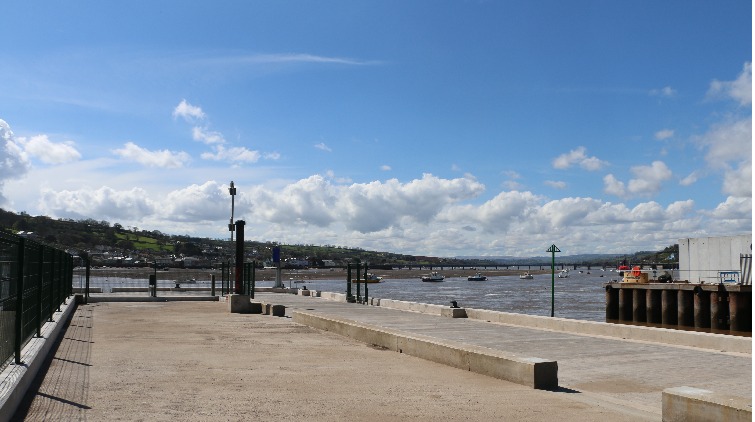
And its not the fish
An investigation has been launched after reports of sewage in the River Teign at Teignmouth.
South West Water and Environment Agency officers attended Teignmouth Fish Quay yesterday afternoon (Wednesday 22nd August) and again this morning, following ‘reports of smelly grey water in the estuary’.
No source of the pollution has yet been identified, but investigations are continuing.
Footage of the pollution incident at Teignmouth has been published on Facebook, but an Environment Agency spokesman said “It appears, the Facebook footage of the Fish Quay was shot on Tuesday, so it is possible any pollution had gone by the time SWW and the EA arrived on site today."
A South West Water spokesman said that their investigations so far do not suggest that there are or have been any issues at the nearby sewage pumping station. Instead, they suggest it could be naturally occurring algae, that when it breaks down can lead to unpleasant smell, as they have been reported in a number of estuaries in the area.
They added: “We have received several reports of smelly grey water in the estuary and we are on site today (Thursday, August 23) with the Environment Agency to investigate this further. So far, our investigations do not suggest that there are or have been any issues at Gales Hill sewage pumping station where we have monitoring and detection systems in place. However, naturally occurring algae has been reported in a number of estuaries in the area."
South West Water added marine algae, especially after windy conditions following warm weather, is often mistaken for sewage.
The most common algae in British coastal waters is a non-toxic type called Phaeocystis. This forms clouds of ‘frog spawn’ like colonies, sometimes mistaken for oil drops in the water which can grow rapidly, or ‘bloom’, in early summer and to a lesser extent in autumn as well.
When the bloom breaks down, as the algae die, creamy-brown coloured foam can be formed. This foam may appear as thin layers or lines on the water’s surface, often produced by waves on cliffs and rocky headlands. In some cases these blooms can form blankets 1-2 metres deep alongside the shoreline
Although non-toxic, the foam occasionally smells unpleasant and can be mistaken for sewage. The smell of bad eggs or rotten vegetables is associated with the algae’s breakdown and any brown discolouration is often sand or silt trapped in the foam.
How to tell the difference
If you notice foam on the water’s surface or on the beach this is likely to be the result of algae dying off and breaking down. It is very unlikely to be sewage.
To help you tell the difference, the following guidelines, issued by South West Water and the Environment Agency may help.
• Algal blooms generally occur between April and August. Foams are likely to be due to algae breaking down or other natural processes between these dates.
• Long lines of algal foam can often be seen off headlands and lying parallel to the coast, often with no point of origin on the shoreline.
• In rough conditions thick mats of foam may be created on the shoreline by this natural process.
• Stormwater overflows tend to cause a grey discolouration of the water and often have a clearly identifiable source, such as a pipe or outfall, where the discolouration is strongest.
• Treated sewage discharges and stormwater overflows very rarely form foam or scums on the water surface. However, washing powders and detergents can cause localised foaming around discharge pipes (but not long lines or thick blankets of foam).
• Both sewage and the breakdown of algae can lead to unpleasant smells, typically that of rotten eggs or vegetables.
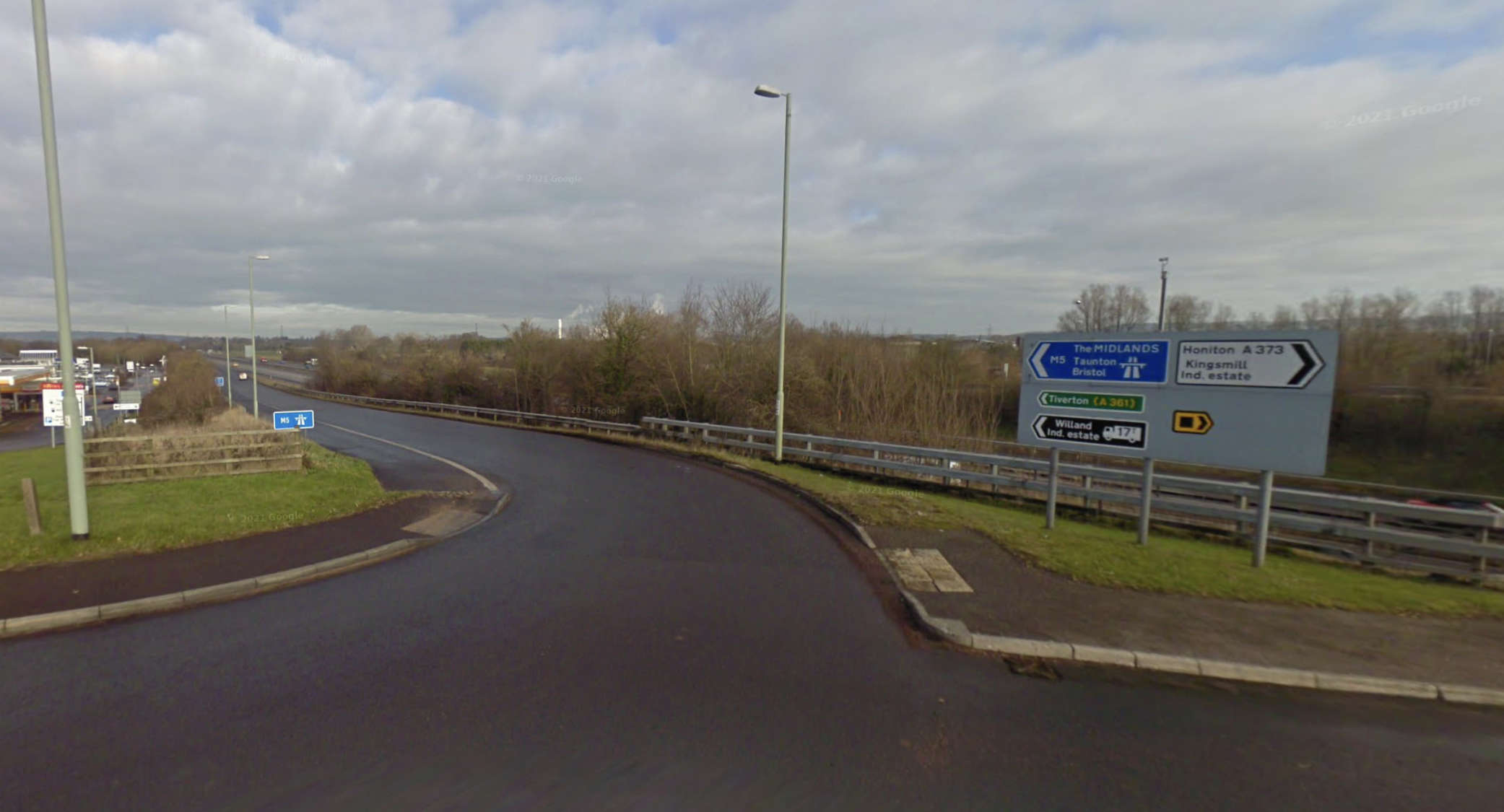 Blow as vital Devon M5 upgrade put on ‘maybe’ list
Blow as vital Devon M5 upgrade put on ‘maybe’ list
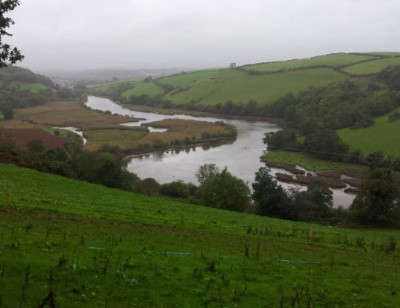 New project to monitor South Hams water
New project to monitor South Hams water
 Plymouth to remove some grit bins
Plymouth to remove some grit bins
 Extra cash offered to dentists for urgent care
Extra cash offered to dentists for urgent care
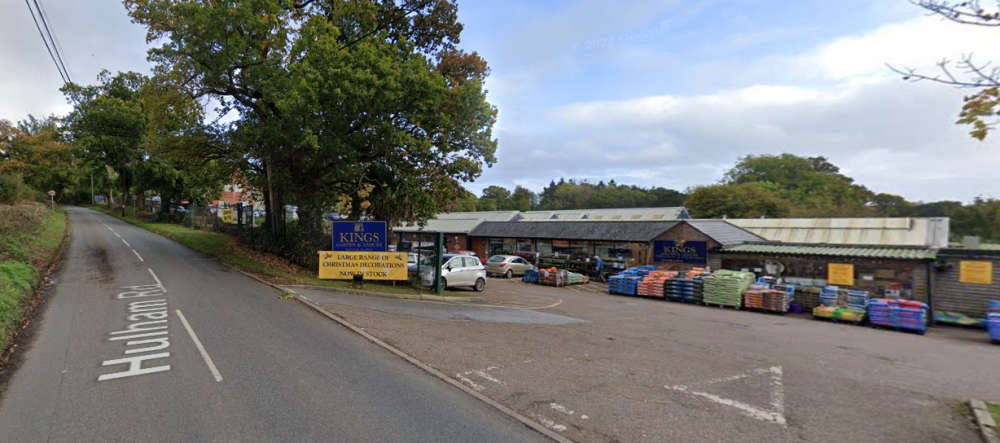 Sewer capacity concern over Exmouth 75 homes plan
Sewer capacity concern over Exmouth 75 homes plan
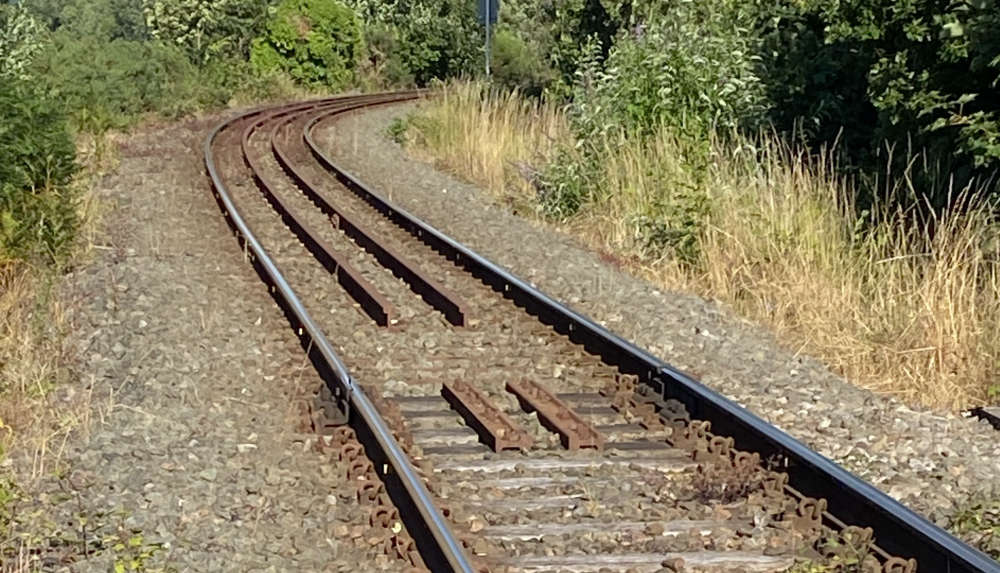 Big push to reinstate rail link between Tavistock and Plympton
Big push to reinstate rail link between Tavistock and Plympton
